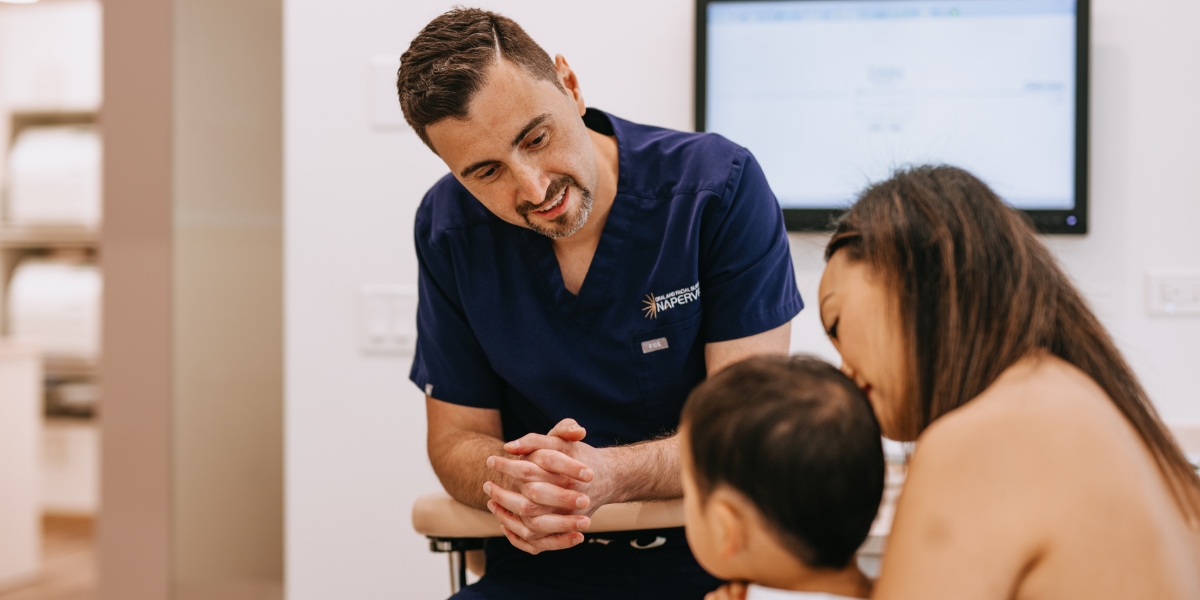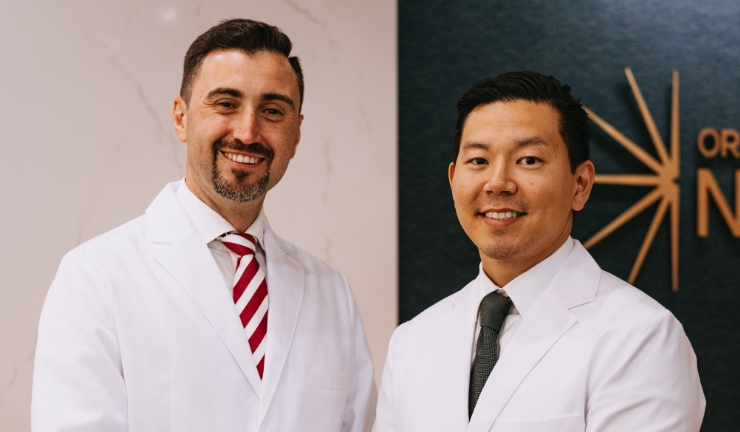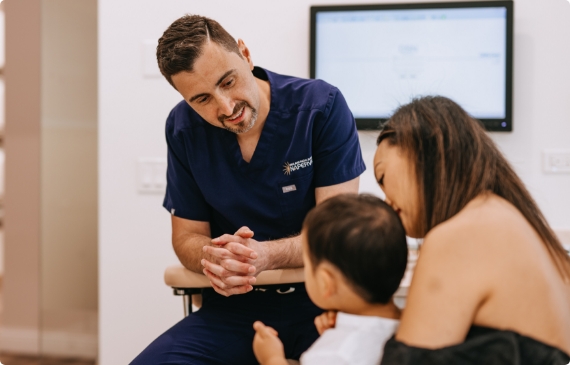
As a child’s face is developing during the early stages of pregnancy, separate facial areas develop then join together. This process happens in the left and right sides of the lips and roof of the mouth. If the sections don’t form together, then it results in a cleft palate and/or cleft lip. An opening is left in the upper lip, between the nose and mouth.
The severity of the condition can range from a small notch in the lip to a full separation on one or both sides of the lip. When one side of the lip is affected, it is called a unilateral cleft. When both sides are affected, it is called a bilateral cleft.
Not only is full lip formation important for a natural facial appearance, but it is also necessary for the child to eat and form certain sounds while talking.



